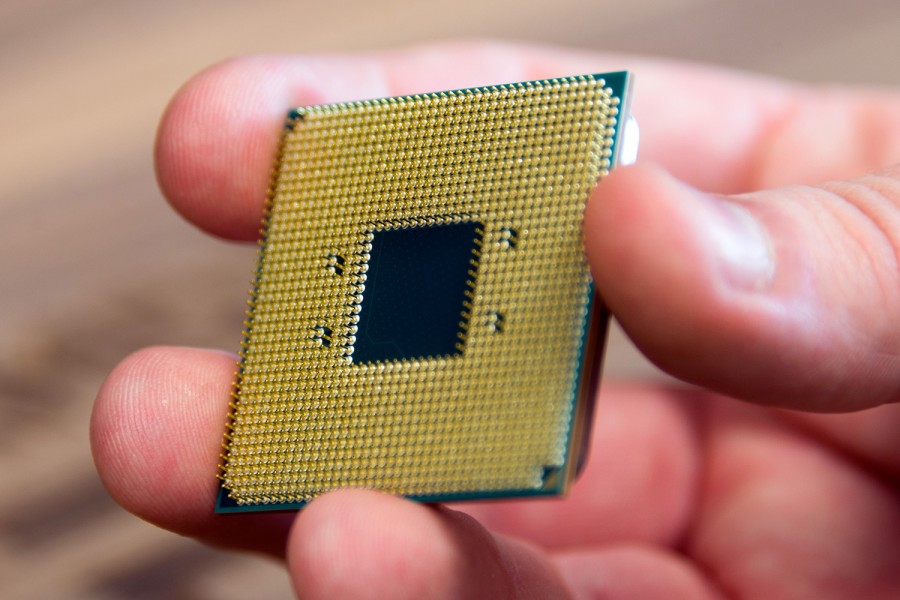
CPU vs GPU vs TPU vs DPU vs QPU vs ASICs vs FPGA: Navigating the Labyrinth of Processing Units
With the rapidly evolving landscape of computing technology, we're awash in a sea of acronyms that signify different types of processing units. If you've ever found yourself perplexed by the wide array of CPUs, GPUs, TPUs, DPUs, QPUs, ASICs, and FPGAs, this blog post aims to serve as your guide. Here, we will dissect the attributes, applications, strengths, and weaknesses of each type to help you make sense of this complex world.
CPU: Central Processing Unit
How it Works: The Central Processing Unit (CPU) is the traditional 'brain' of a computer system. It operates by fetching, decoding, and executing instructions from software programs.
Applications:
Running the Operating System
Software Applications
Web Browsing
General-purpose tasks
Strengths:
Versatile
Excellent at single-threaded performance
Weaknesses:
Inefficient at parallel processing
GPU: Graphics Processing Unit
How it Works: The Graphics Processing Unit (GPU) was initially built for rendering images and video but has since evolved into a powerful tool for computational tasks requiring parallel processing.
Applications:
Graphics Rendering
Scientific Computing
Deep Learning
Strengths:
High parallel processing capabilities
Suitable for specific scientific tasks
Weaknesses:
Poor single-thread performance
Expensive
TPU: Tensor Processing Unit
How it Works: Tensor Processing Units (TPUs) are Application-Specific Integrated Circuits (ASICs) designed explicitly for accelerating machine learning tasks.
Applications:
Deep Learning Models
Artificial Neural Networks
Strengths:
Extremely fast tensor calculations
Lower power consumption compared to GPUs
Weaknesses:
Limited in scope: designed mainly for machine learning tasks
High cost
DPU: Data Processing Unit
How it Works: Data Processing Units (DPUs) are specialized processors that offload data-centric tasks from the CPU, usually within data centers.
Applications:
Network Traffic Processing
Data Security
Database Acceleration
Strengths:
Efficient at data-centric tasks
Reduces CPU load
Weaknesses:
Not suitable for general-purpose computing
Requires specialized support and infrastructure
QPU: Quantum Processing Unit
How it Works: Quantum Processing Units (QPUs) leverage the principles of quantum mechanics to perform computation using quantum bits (qubits) instead of traditional bits.
Applications:
Complex Mathematical Problems
Quantum Simulations
Cryptography
Strengths:
Potential to solve problems exponentially faster than classical processors
Offers new paradigms in computing
Weaknesses:
Highly error-prone due to quantum decoherence
Extremely expensive and difficult to maintain
ASICs: Application-Specific Integrated Circuits
How it Works: ASICs are custom-designed chips optimized for specific tasks rather than general-purpose computing.
Applications:
Cryptocurrency Mining
Network Processing
Audio Processing
Strengths:
Highly efficient for specific tasks
Lower power consumption
Weaknesses:
Not versatile: can only perform specific functions
Expensive to design and manufacture
FPGA: Field-Programmable Gate Array
How it Works: FPGAs are integrated circuits designed to be configured by the user after manufacturing, providing a flexible yet efficient platform for specialized tasks.
Applications:
Digital Signal Processing
Prototyping for ASICs
Network Function Virtualization
Strengths:
Reconfigurable to suit various tasks
Efficient power usage for specialized functions
Weaknesses:
Complexity in programming and configuring
Somewhat less efficient than ASICs for specific tasks
Conclusion
While CPUs and GPUs continue to be the go-to choices for general-purpose computing, more specialized options like TPUs, DPUs, QPUs, ASICs, and FPGAs are carving out their niches for specific tasks. These specialized processors offer significant advantages in terms of speed and efficiency for particular applications but come with their limitations. As technology continues to evolve, the landscape of these processing units will undoubtedly shift, offering new capabilities and efficiencies that will continue to transform the world of computing.




